Welcome to the topic US QR Code Usage Statistic | 2022 Best Guide
US QR Code Usage Statistic
We are surrounded by continually evolving technology and getting better at a pace that has never been witnessed before as we live in a digital age. We must thus change together with this transformation or else run the risk of falling behind. Learning to adapt to the constantly evolving and revolutionizing world has become the number 1 priority of most people as we run the risk of missing out.
Technological evolution and progress are taking place at an unprecedented pace in terms of the changes affecting our daily lives, such as our businesses and economy. Automation is changing how we operate in our daily lives. We are more connected than ever due to the advent of social media platforms such as Facebook, Instagram, and Twitter. However, one such technology that has majorly improved in the past years is the QR code.
As Covid-19 overtook and shut down the globe, we were forced to turn to contactless methods of payments, communications, and media. One such method of communication was QR Codes.
These small pictorial patterns contain a host of information from WIFI networks to Text Messages and URLs. It provides an easy alternative to flyers and posters as the majority of people nowadays own a smartphone, which gives them access to these forms of media and communication.
QR Codes
QR Codes are short for Quick Response Codes as they provide immediate access to whatever information is embedded in them. These encrypted squares may include event information, written content, links, and much more, and all you need to read them is your smartphone camera.
QR Codes are an excellent way to store and disseminate information. It is a quick and efficient approach to sharing information because the camera will scan these codes and display all the embedded data.
Even though QR codes were developed in 1994, it wasn’t until 2017 that people really accepted them. Even though companies have been marketing with them since 2011, they were relatively misunderstood and faced numerous barriers.
This was due to the lack of adequate technology in the market as people were required to download third-party applications to access them, which a lot of people weren’t willing to partake in until 2017 when smartphone companies started incorporating built-in QR scanners in their devices.
These black and white squares have also become a daily driver worldwide as it is being used in everything from payments to marketing to pet tags. A recent consumer survey also found that 18.8% of users in the UK (United Kingdom) and the US (United States) believed there was a visible increase in QR code usage since Covid-19.
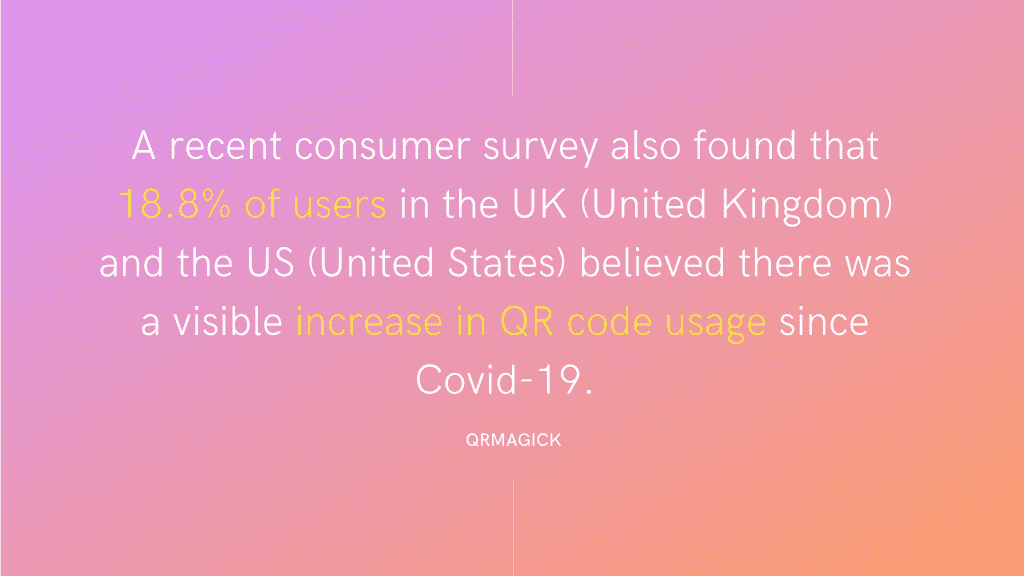
This is mainly because brands like Nike, Walmart, Amazon, and IKEA have all heavily invested in using QR codes for their marketing to deliver an enhanced customer experience. Local restaurants and fast-food chains have also started accepting payments through QR codes. It is a simple, secure, and fast way to undertake transactions, as a simple scan will allow you to pay with your digital wallet, which is becoming popular by the day.
QR Codes Usages
With powerful brands leveraging these square boxes to bridge the gap between offline and online markets, they effectively direct people to websites or social media, disseminating files, exchanging contact information, transferring money, and more.
Thereby increasing the influx of users using these forms of communication as an increasing number of people are obtaining smartphones, with there being approximately 6.64 billion smartphones currently in 2022 with a projection to reach 7.33 billion by 2025.
Furthermore, it is projected by Bankmycell that 91.54% of the global population will own a mobile device by 2025, as compared to 83.72% in 2022 currently.
These codes have seen a significant influx in Southeast Asia and India as they were predicted to be the most influential users, with 15 million and 8 million users, respectively, in 2020. Neighbor’s China has earned recognition as being painted in QR codes due to its extensive usage. This is majorly due to the prominent Chinese application WeChat using QR codes as a form of payment online and adding friends to your contacts.
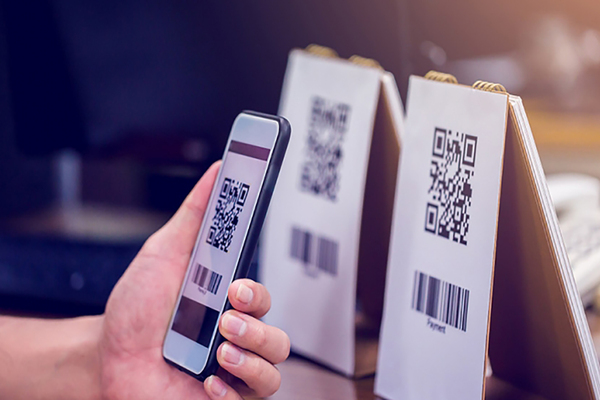
However, the United States has also seen an uprise in its usage as the nation has it as a means of use, with 11 million households scanning a QR code in 2020 with over 83.4 million smartphone users scanning it in 2022.
Also, 45% of respondents, according to a US study from June 2021, said they had used a marketing QR code at least once in the previous three months. In addition, 54% of the respondents between the ages of 18 and 29 and 48% of respondents between the ages of 30 and 44 reported using a marketing QR code.
Payments
QR Codes payments have made a significant breakthrough in the past years as companies from Walmart to Amazon have started jumping on board to simplify and streamline the process of these payments.
Over half of the restaurants in the United States are now offering QR payments, with upwards of 11 million people predicted to use QR codes in 2021, according to PYMNTS. Furthermore, they have stated that contactless payments such as these have surged over 150% since March 2019, which boosted the QR code adoption rate by 11% once the pandemic occurred.
Consumer expectations are always changing as a result of safety concerns, and one of the finest strategies employed by businesses to stay up with this issue is the QR codes. It was found that more than one-third of shoppers who prefer using QR codes to pay to say they won’t finish a transaction if that option isn’t accessible to them, through a report by ‘How We Shop.’
According to the study, shoppers who prefer using QR codes are among the most devoted users. This is why companies are investing in this technology. Customer retention rates are incredibly high as people are increasingly moving toward contactless payments, with QR payments projected to reach $30.07 billion by 2030 globally to Allied Market Research.
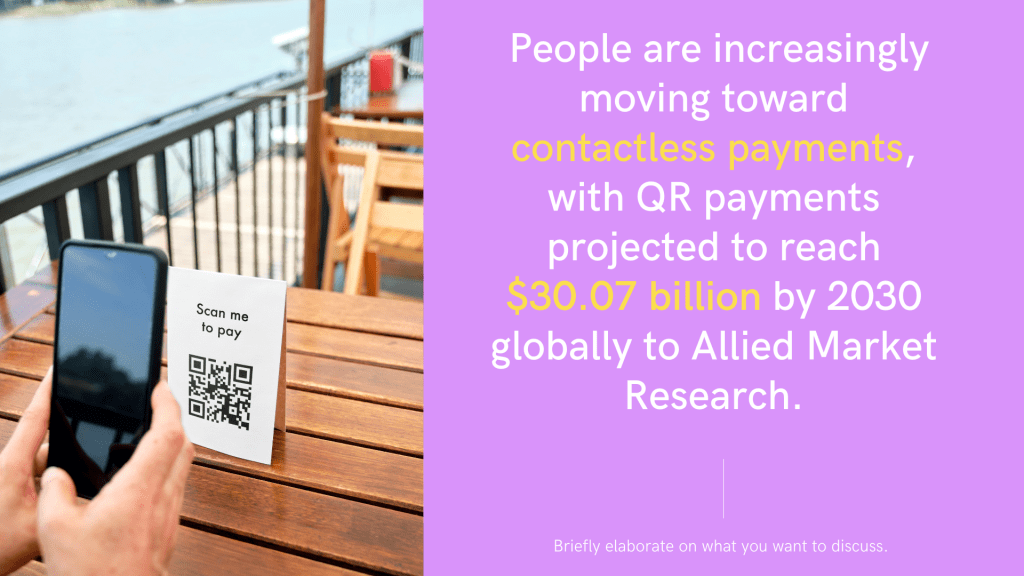
Marketing
As QR codes are helping bring offline users online, they represent a critical marketing tool for brands and industries. Brands attract customers by issuing coupons that would formerly go unnoticed.
Still, due to the increased number of usages of QR codes, the number of discount coupons increased by $4 billion between 2017 and 2019. Industries are turning to Phygital marketing. What they crave most is brand engagement from customers, according to a report by Invescpro, which found that brands with these strategies retain around 90% of their customers.
Digitalization has made it so that a customer must be comfortable and pleased with the in-store and online shopping experience as 72% of digital shoppers consider it extremely important while making purchasing decisions while 71% of in-store shoppers are heavily reliant on their smartphone while making this decision according to Invescpro.
Future Trends and Projections
With the pandemic setting the pathway for the adaption of QR codes, its usage will grow exponentially in the coming years as an increasing number of brands accept it. Along with this, while the developed world has incorporated the QR system into its daily life, the developing world is still progressing, representing an area of extreme growth in the future.
The US market is similar in this aspect as $5.3 billion will be used just as discount coupons through QR codes, with over a billion smartphones having access to them by the end of 2022, according to Juniper Research and YouGov. QR Labels are also a developed market innovating daily and are expected to reach $2.1 Billion by 2027.
With the rise of social media companies such as Snapchat, Facebook, and Instagram and their advocation of using QR codes, it has built trust within the younger generation’s framework, which will allow them to innovate these codes in the upcoming years and use them to their full abilities. Along with this, QR payments have contributed to a large part of the success of the fintech industry, which is revolutionizing our financial institutions and will contribute to the mobile payment sector, which is currently one of the fastest-growing markets in the world as global mobile payments estimated to reach around $1.3 trillion by the end of the 2022 fiscal year according to research and markets.

Future developments will increase the usefulness of QR Codes, making them more widely used and more readily available. As long as websites, landing pages, or other material to which the QR code is linked is viable, the code will remain functional.
They are becoming embedded in engaging customer marketing, with Quick-serving restaurants (QSR) and hospitality being the leading users. Their forecast is only expected to increase as adoption of the technology increases as QR codes are being offered on boarding passes and plane and train tickets. It is being used as a leading technology in the tourism industry and will continue to make waves as it develops.
Have any questions regarding the topic US QR Code Usage Statistic | 2022 Best Guide? Feel free to comment below.
Also Read Dynamic QR Codes Vs. Static QR Codes

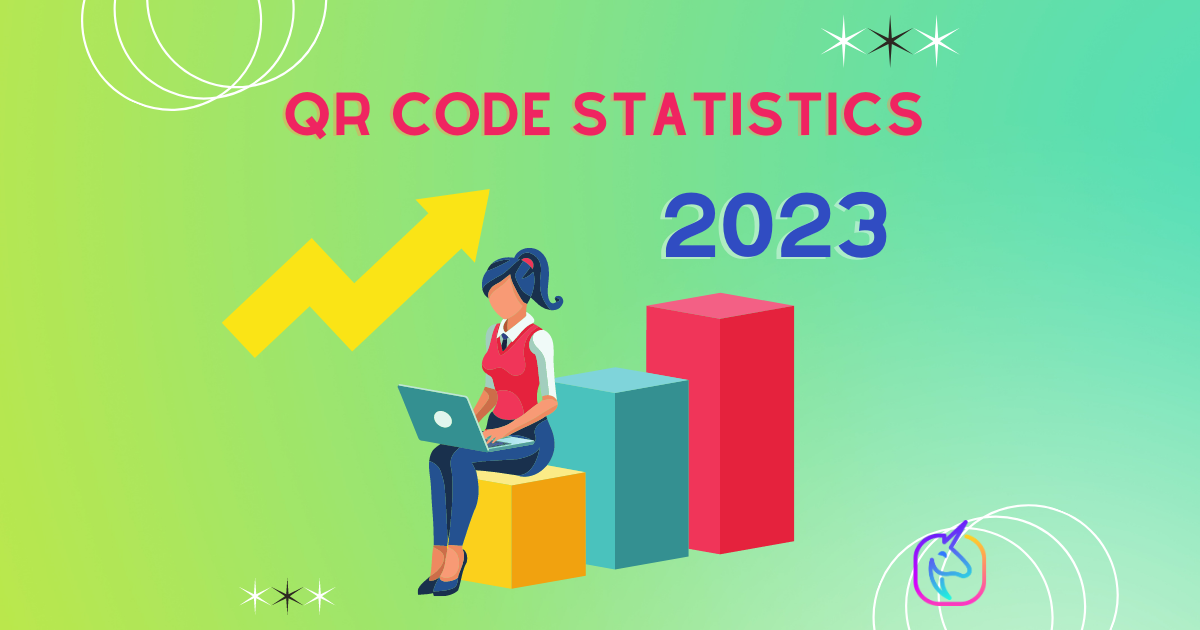
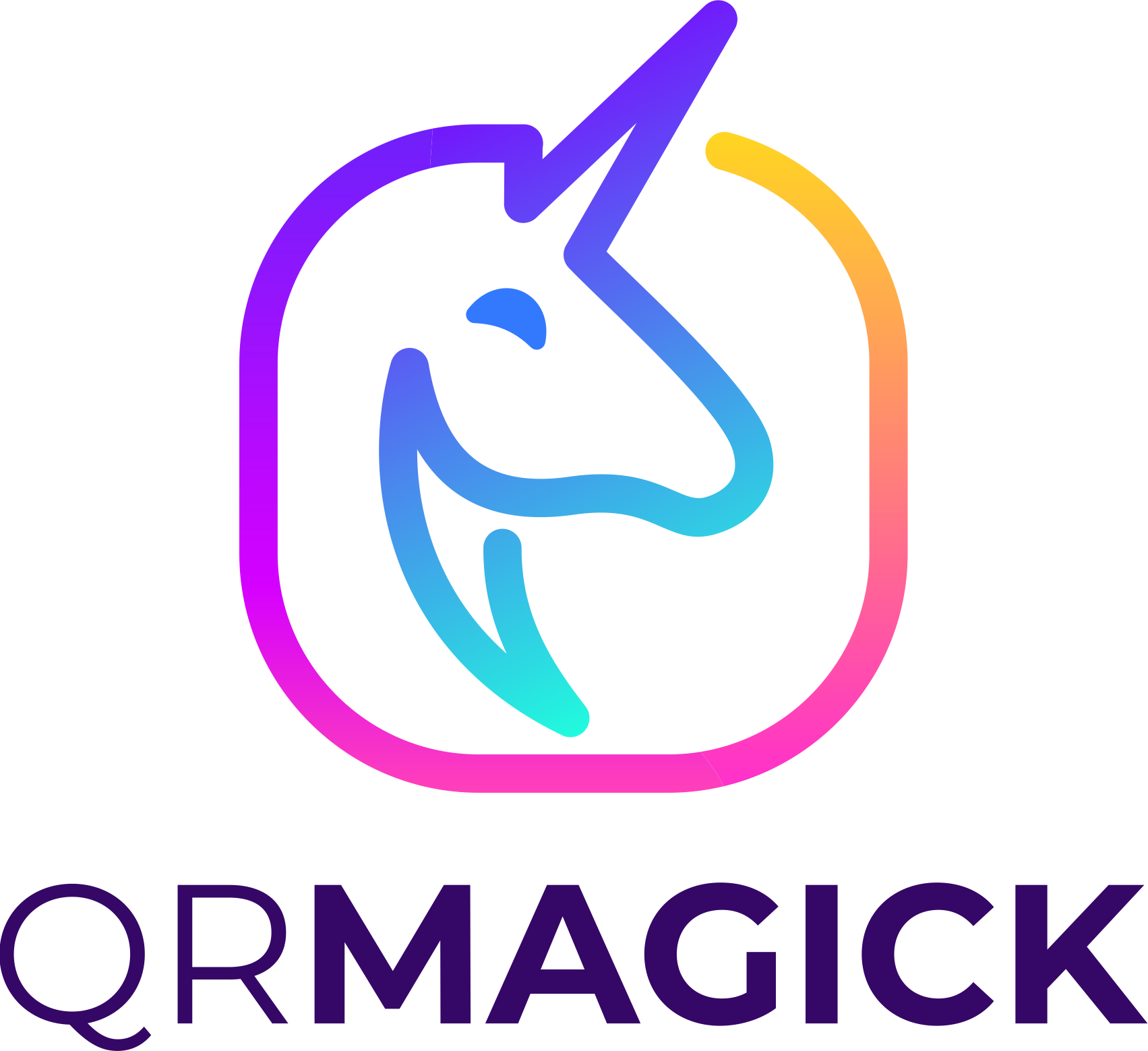
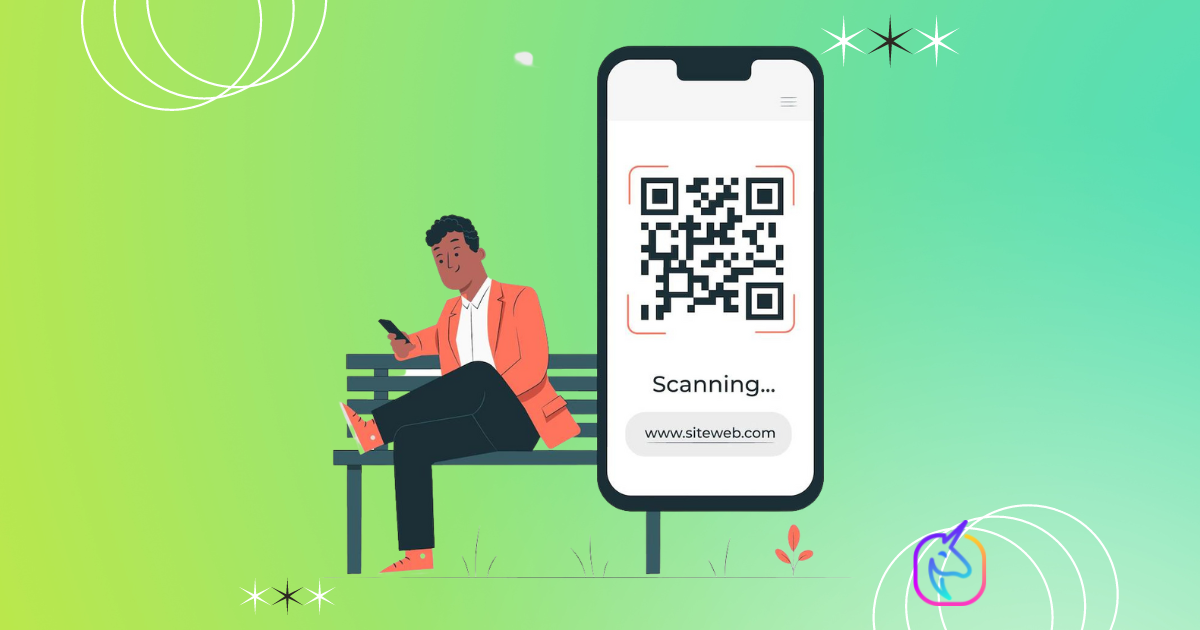
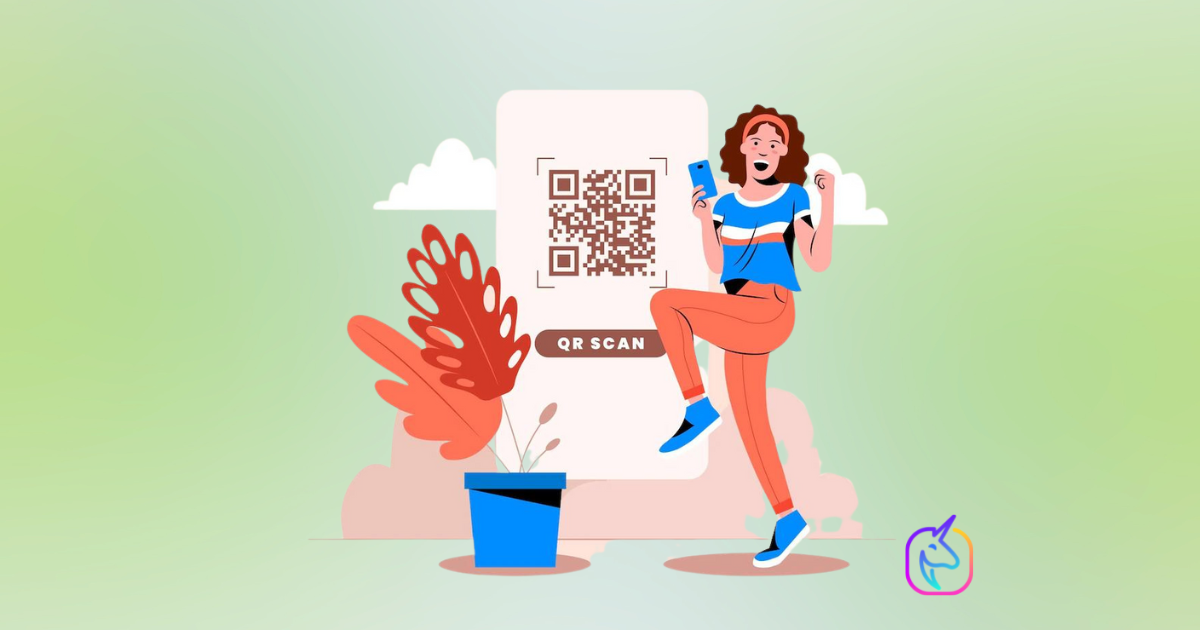
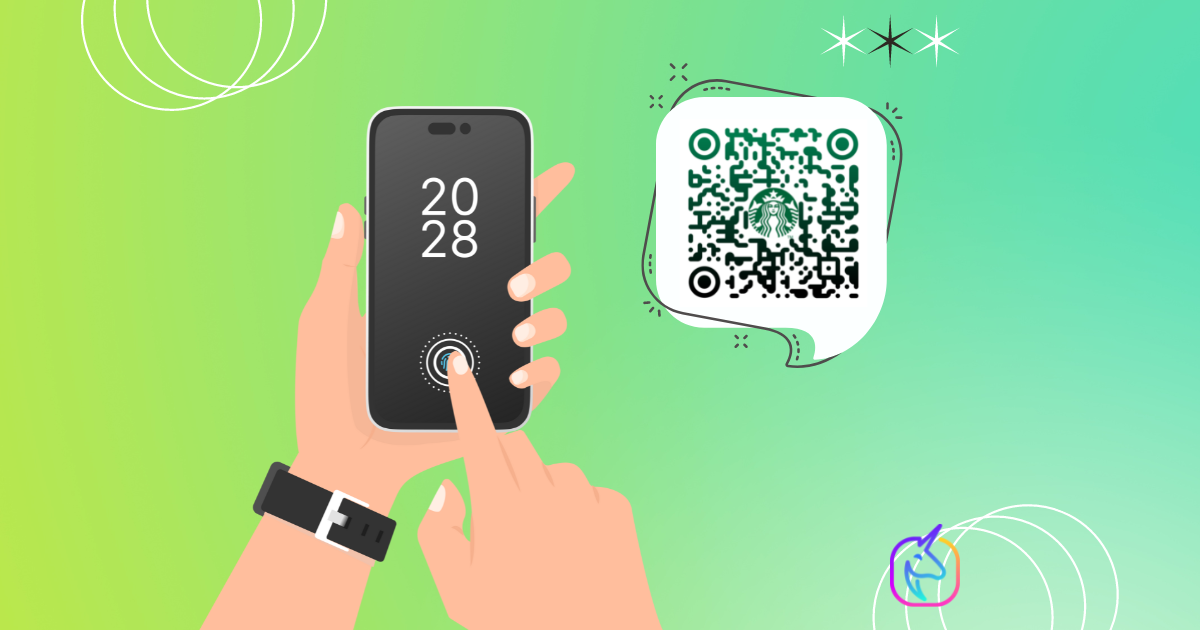
No responses yet